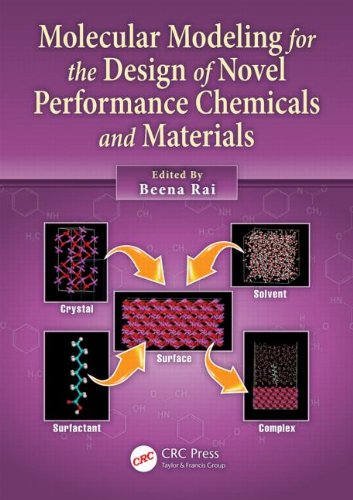

Most ebook files are in PDF format, so you can easily read them using various software such as Foxit Reader or directly on the Google Chrome browser.
Some ebook files are released by publishers in other formats such as .awz, .mobi, .epub, .fb2, etc. You may need to install specific software to read these formats on mobile/PC, such as Calibre.
Please read the tutorial at this link: https://ebookbell.com/faq
We offer FREE conversion to the popular formats you request; however, this may take some time. Therefore, right after payment, please email us, and we will try to provide the service as quickly as possible.
For some exceptional file formats or broken links (if any), please refrain from opening any disputes. Instead, email us first, and we will try to assist within a maximum of 6 hours.
EbookBell Team

5.0
20 reviewsMolecular modeling (MM) tools offer significant benefits in the design of industrial chemical plants and material processing operations. While the role of MM in biological fields is well established, in most cases MM works as an accessory in novel products/materials development rather than a tool for direct innovation. As a result, MM engineers and practitioners are often seized with the question: "How do I leverage these tools to develop novel materials or chemicals in my industry?"
Molecular Modeling for the Design of Novel Performance Chemicals and Materials answers this important question via a simple and practical approach to the MM paradigm. Using case studies, it highlights the importance and usability of MM tools and techniques in various industrial applications. The book presents detailed case studies demonstrating diverse applications such as mineral processing, pharmaceuticals, ceramics, energy storage, electronic materials, paints, coatings, agrochemicals, and personal care.
The book is divided into themed chapters covering a diverse range of industrial case studies, from pharmaceuticals to cement. While not going too in-depth into fundamental aspects, the book covers almost all paradigms of MM, and references are provided for further learning. The text includes more than 100 color illustrations of molecular models.